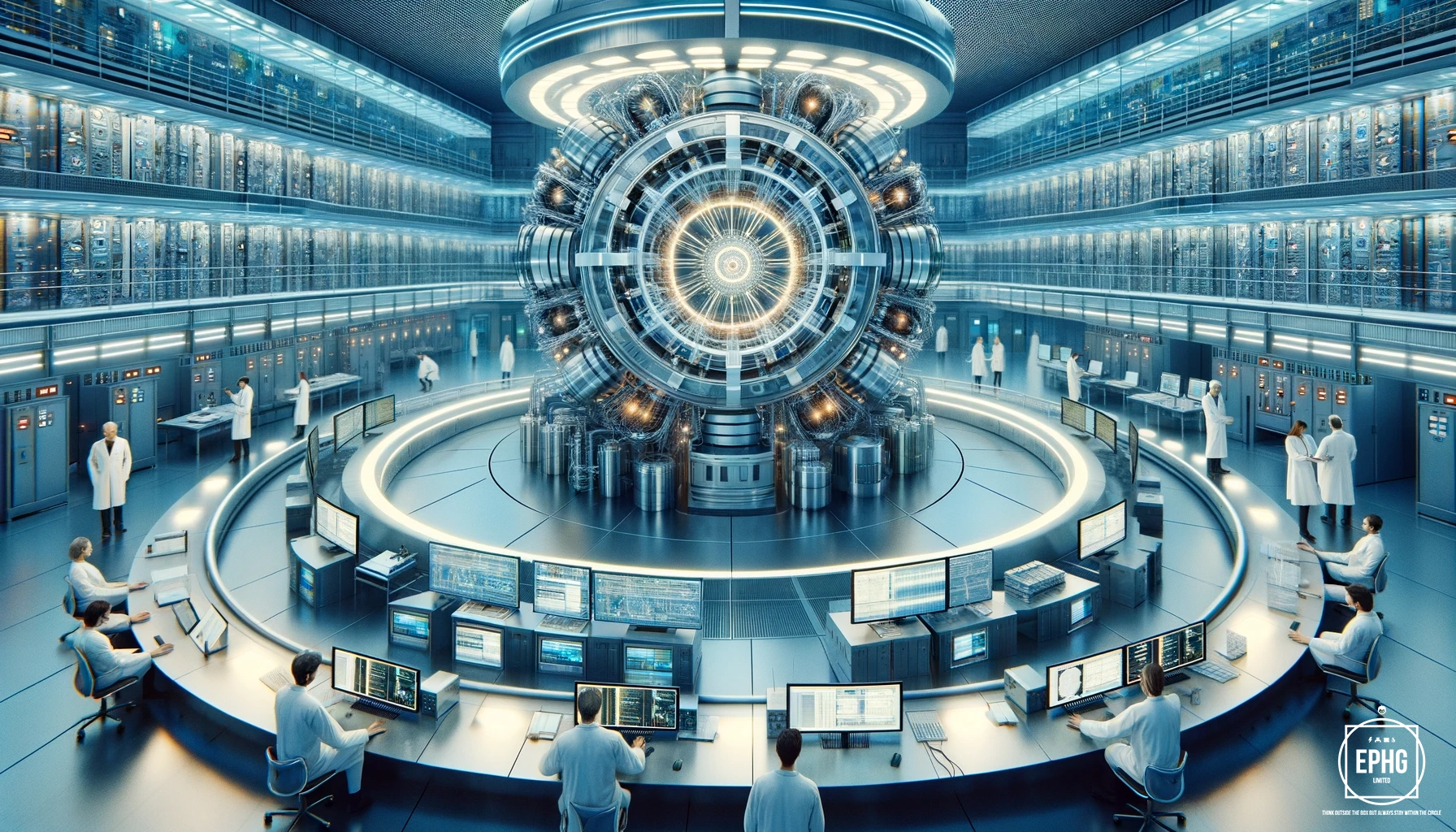The Fascinating World of Dubnium (Db): A Deep Dive into Element 105
Discovery of Dubnium
Dubnium (Db), with atomic number 105, is one of the synthetic elements that can only be created in particle accelerators through complex nuclear reactions. It was first discovered in 1968 by scientists at the Joint Institute for Nuclear Research in Dubna, Russia, and independently by researchers at the Lawrence Berkeley National Laboratory in California, USA. This dual discovery led to a naming controversy that was resolved by the International Union of Pure and Applied Chemistry (IUPAC) in 1997, officially naming the element after Dubna.

Role in the Periodic Table
Dubnium belongs to the Group 5 elements in the periodic table, where it participates in the chemistry of transition metals. Although only small amounts of Dubnium have been produced, studies indicate that it behaves similarly to other Group 5 elements, particularly tantalum. Its placement in the periodic table helps scientists predict its electron configuration and chemical reactions, despite the challenges in experimentation due to its radioactivity and short half-life.
Scientific Significance

The synthesis and study of Dubnium are crucial for advancing knowledge in nuclear chemistry and physics. Research on Dubnium and other transactinides involves assessing their physical and chemical properties. These studies are pivotal for understanding the forces that hold atomic nuclei together and potentially discovering new, more stable elements that could have practical applications in technology and industry.
Challenges in Research
Studying Dubnium presents significant challenges. Because it is highly radioactive with a short half-life, experiments need to be conducted quickly after its synthesis. Advanced facilities like particle accelerators are required to generate Dubnium, limiting the research to a few specialized laboratories around the world.
Discovery and Synthesis of Dubnium

Dubnium is a synthetic element that does not occur naturally and is produced in particle accelerators through the fusion of lighter nuclei. Typically, isotopes of calcium are accelerated to high energies and directed to collide with targets of californium, producing Dubnium. This process is known as hot fusion and involves a complex set of nuclear reactions that occasionally yield a few atoms of Dubnium.
Locations and Associated Elements
Since Dubnium is a synthetic element, it is not mined from any natural sources. Its production is confined to specialized facilities like the Lawrence Berkeley National Laboratory in the USA and the Joint Institute for Nuclear Research in Dubna, Russia. Elements typically found in similar research contexts include other transactinides and actinides like Rutherfordium and Nobelium.
Modern Applications and Future Potential

Currently, Dubnium has no practical applications outside of scientific research due to its extreme rarity and instability. However, the study of Dubnium is invaluable in the fields of nuclear physics and chemistry as it provides insights into the structure of the atomic nucleus and the behavior of nuclei under extreme conditions. Future advancements may allow for the discovery of new, more stable elements and isotopes, potentially leading to breakthroughs in materials science and other applied sciences.
Future Potential for Dubnium in Technological Innovations

The technology developed to produce and analyze elements like Dubnium often finds applications in other fields. For example, improvements in particle accelerators and detection equipment designed for Dubnium research could benefit medical imaging technologies, such as PET scans and MRI machines. Additionally, the computational models used to predict the behavior of superheavy elements could enhance software used in chemistry and physics research.














